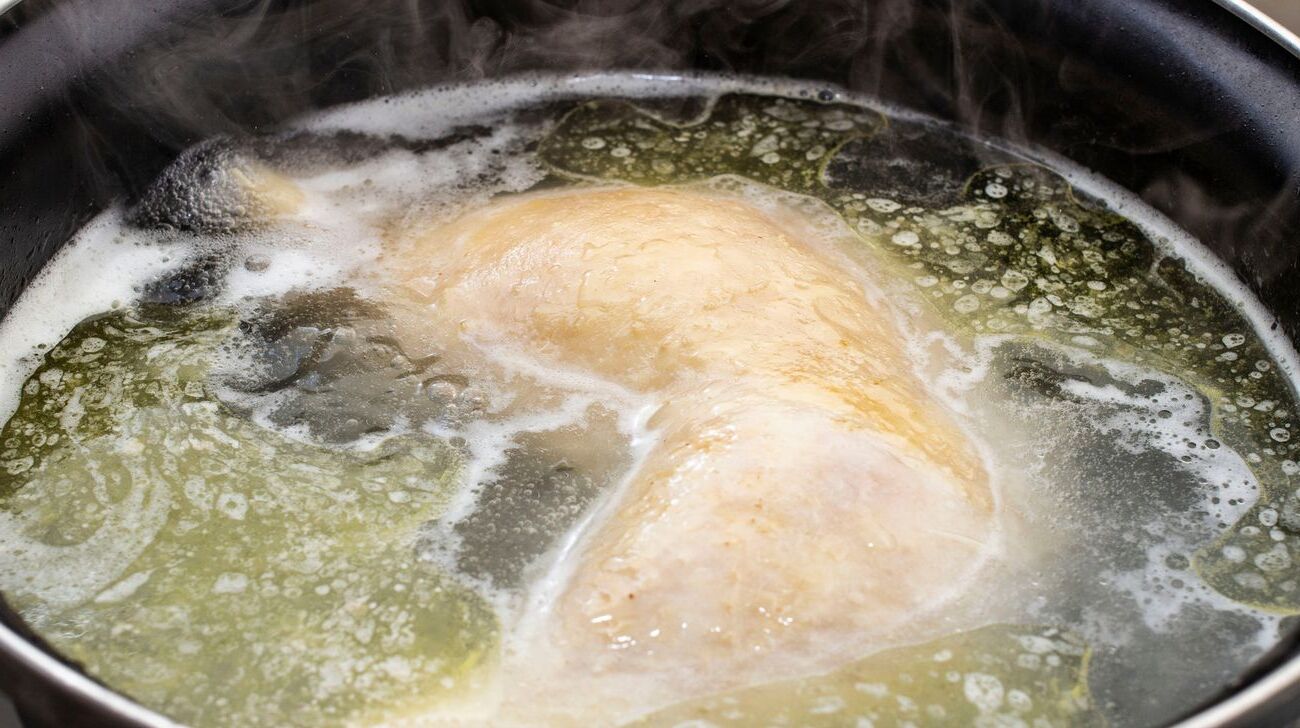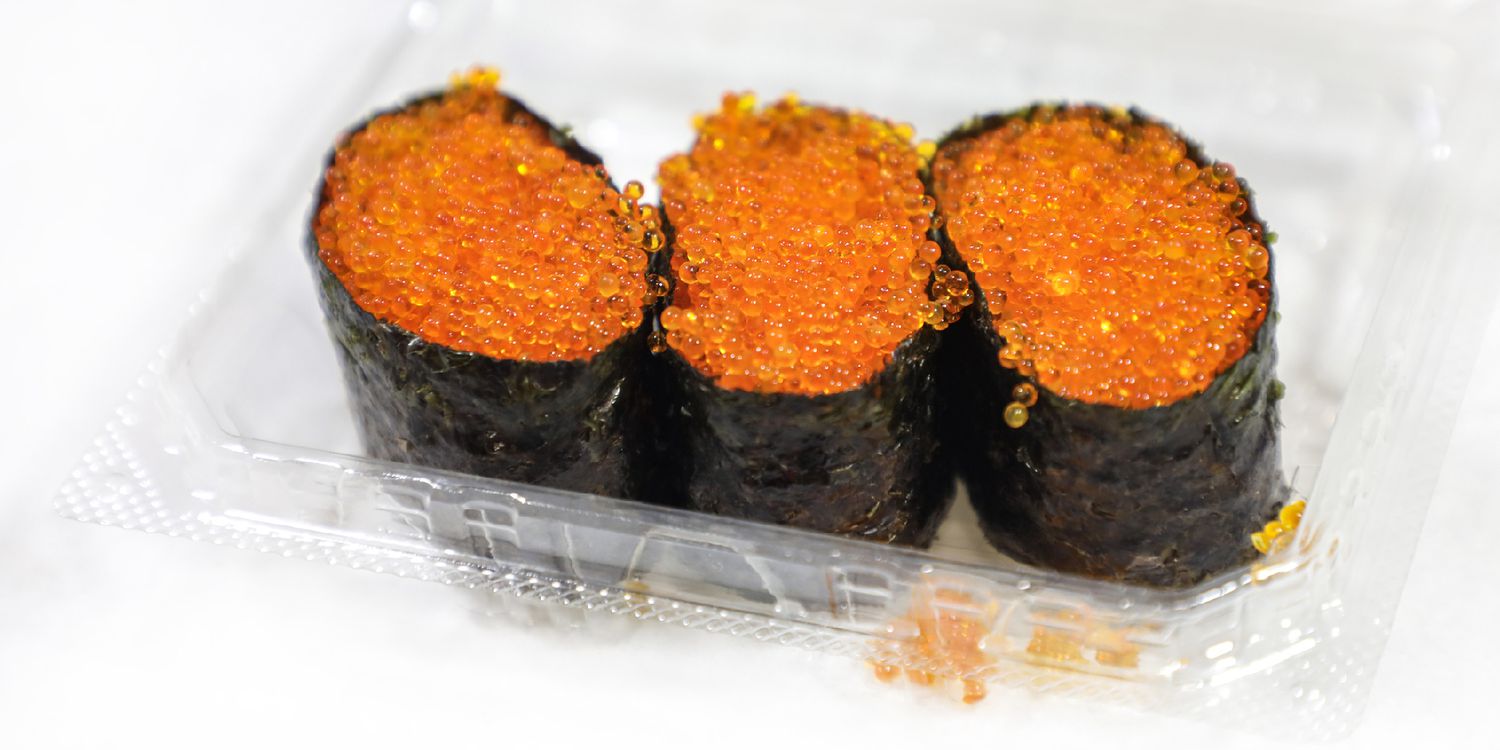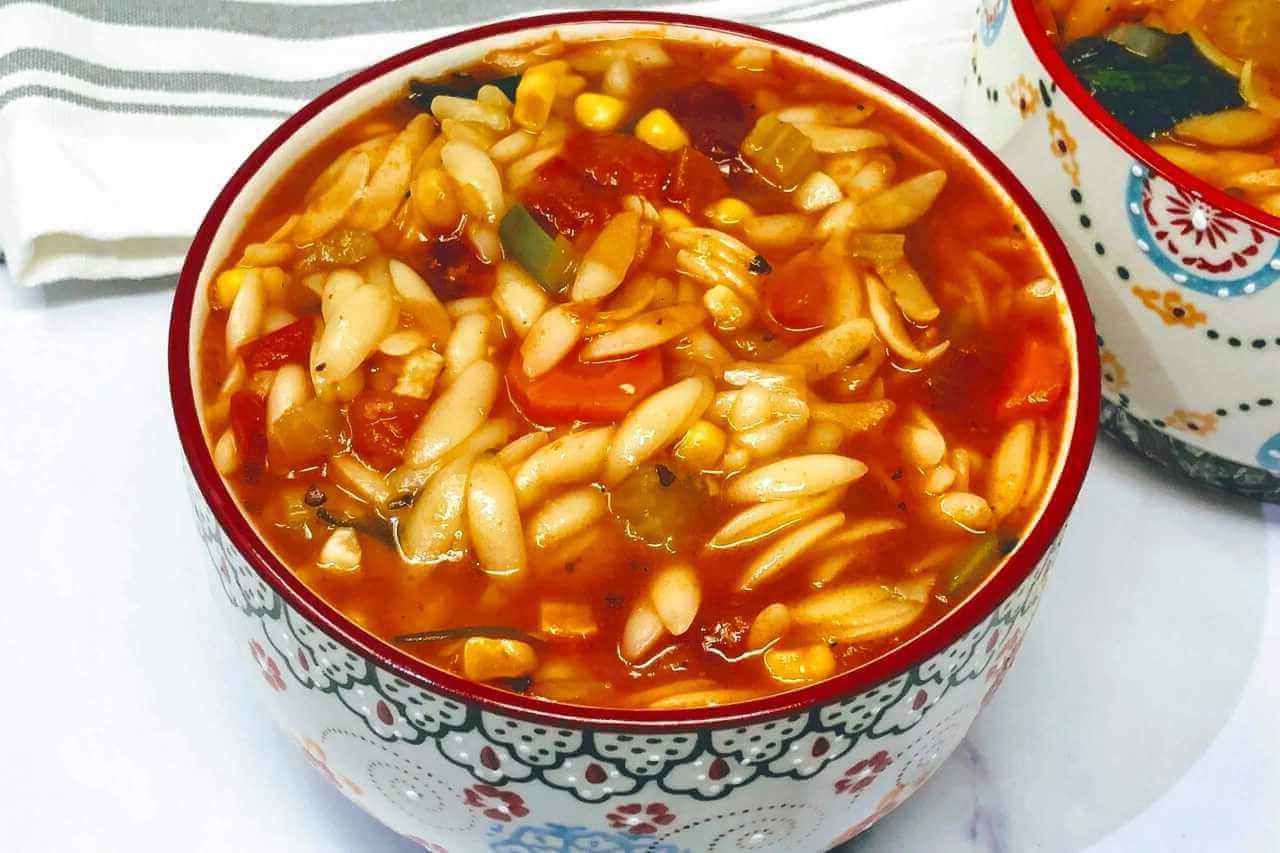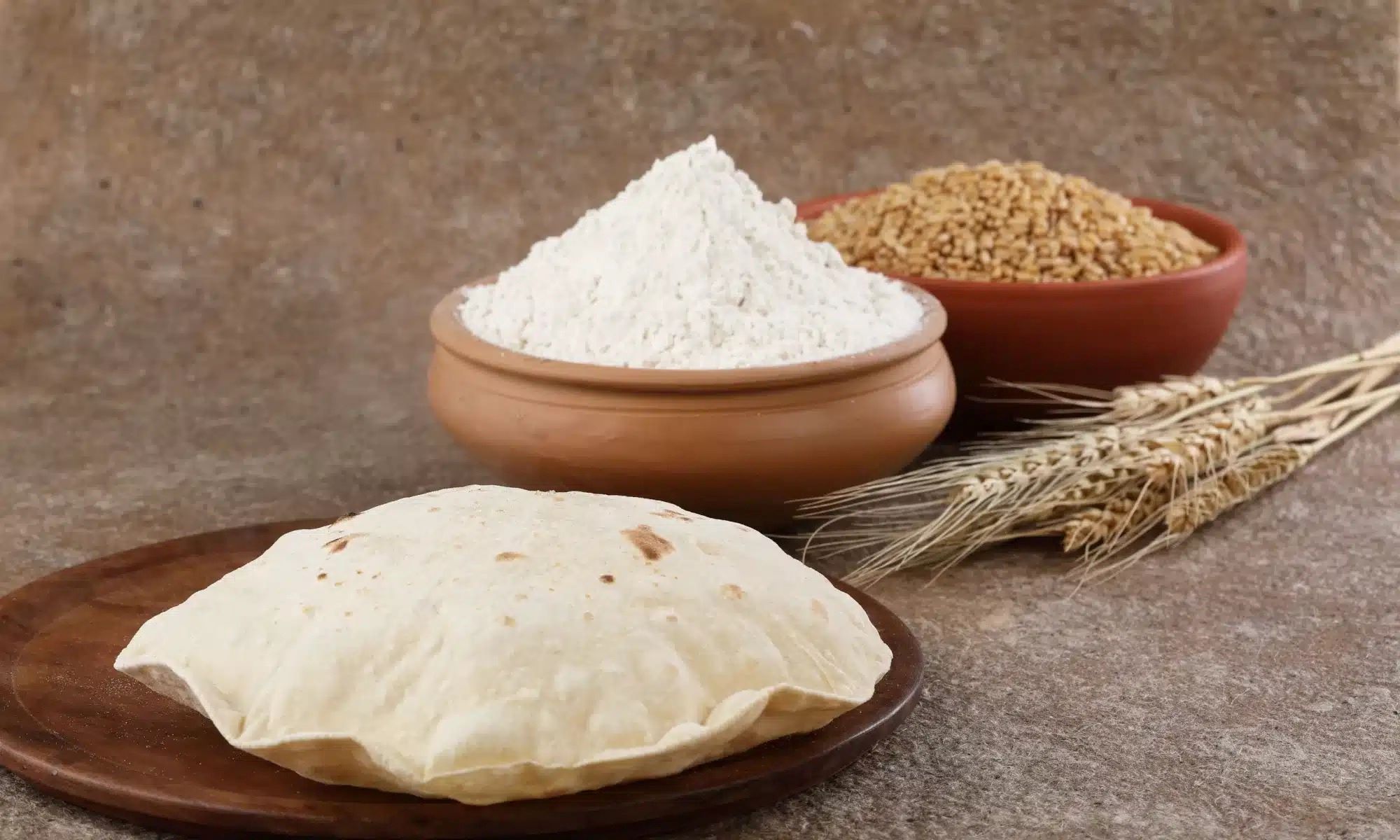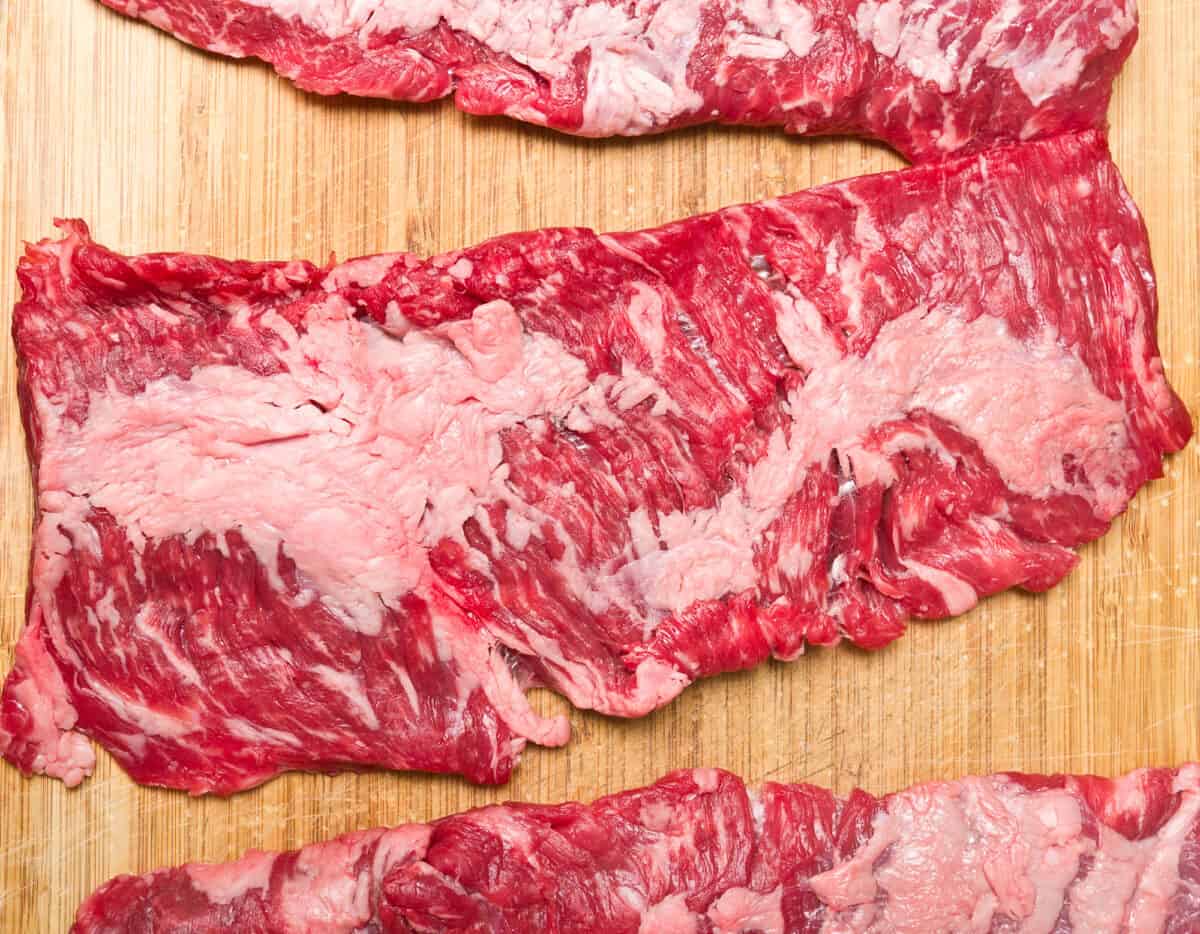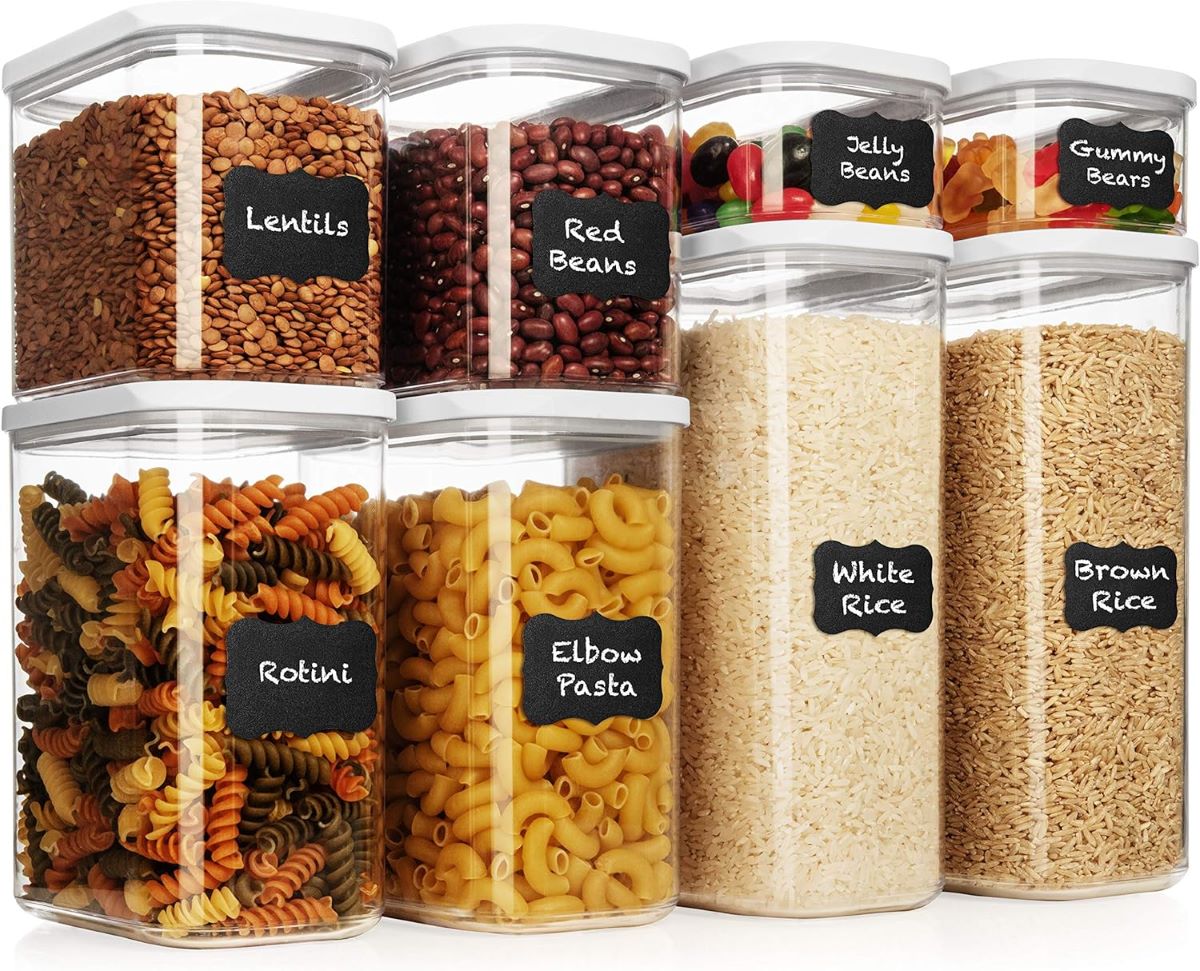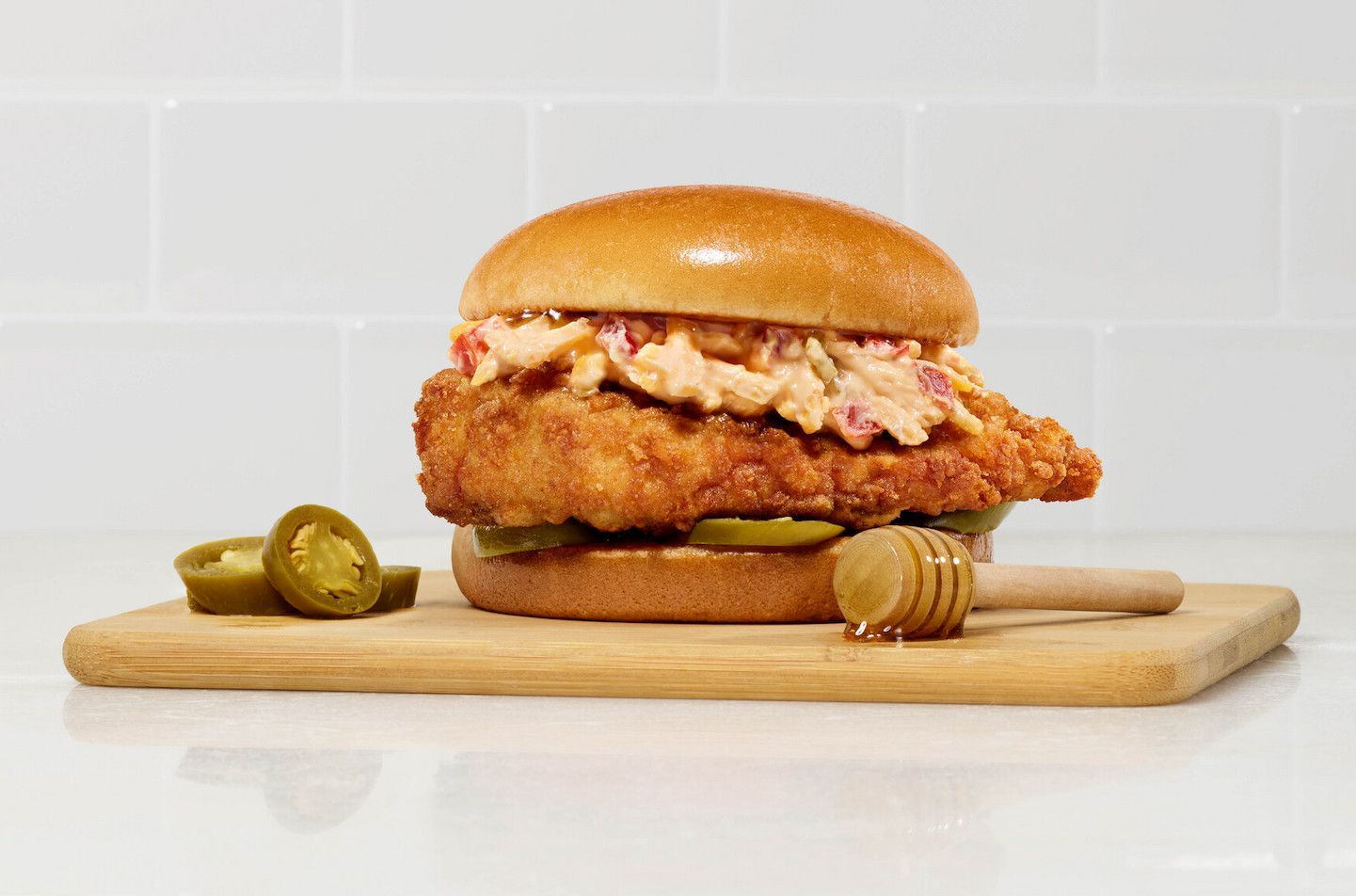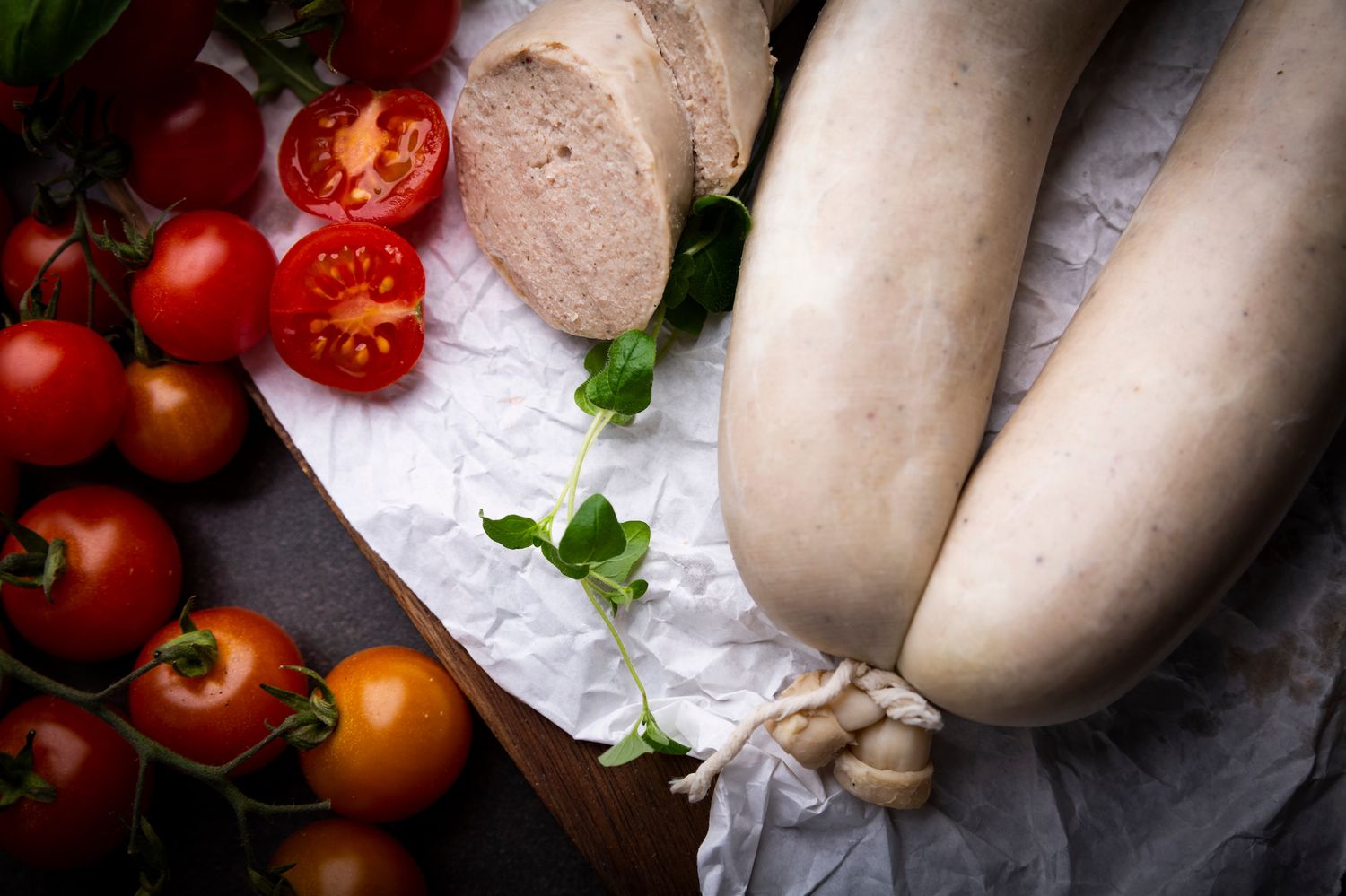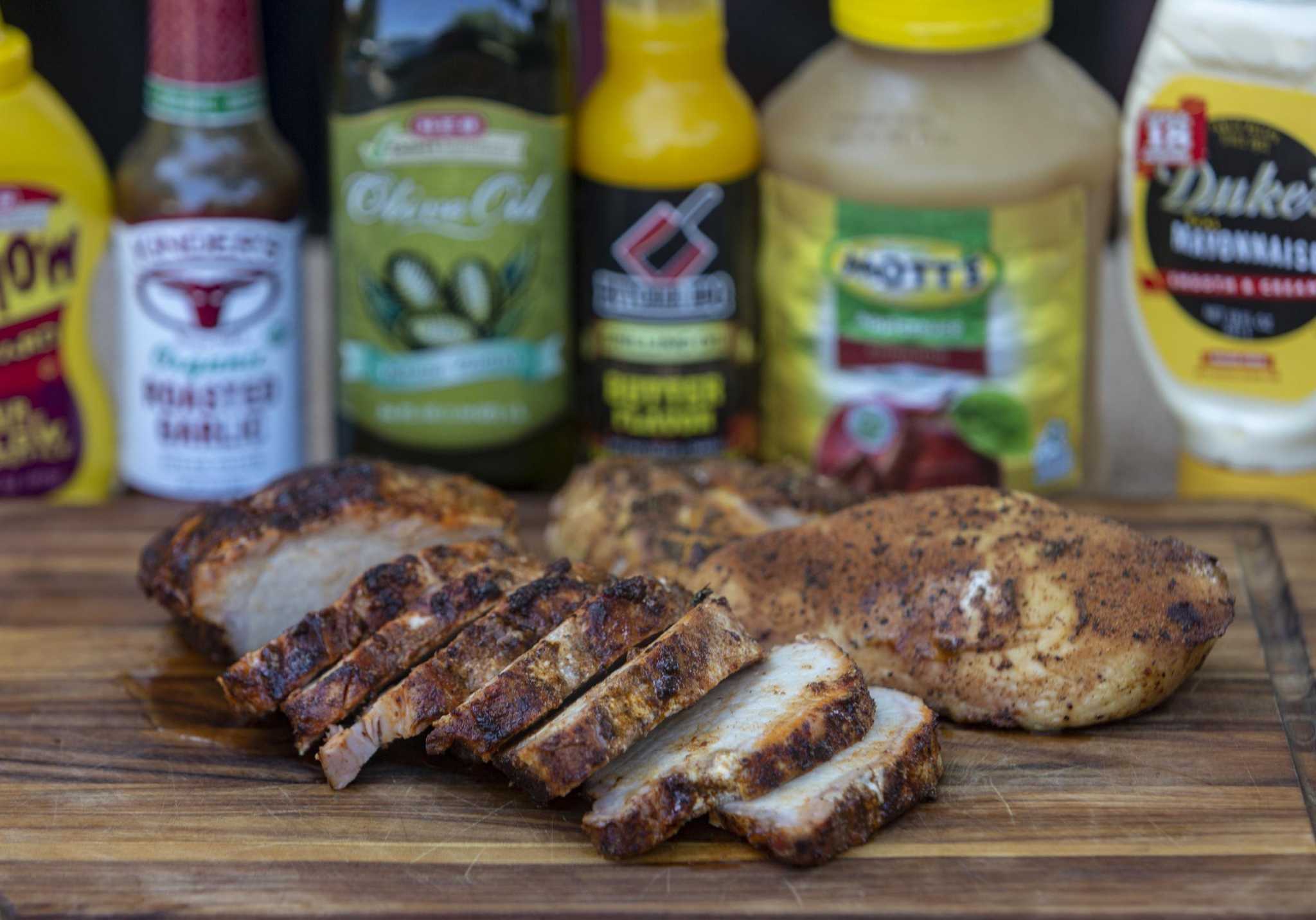The Flavorful World of Cajun and Creole Seasoning
When it comes to adding a burst of flavor to your dishes, Cajun and Creole seasoning are two popular choices that can elevate your cooking to new heights. While both are staples in Southern cuisine, they each bring their own unique blend of spices and flavors to the table. Let’s take a closer look at the key differences between Cajun and Creole seasoning to help you understand how to use them in your cooking.
Cajun Seasoning: A Spicy Southern Blend
Cajun seasoning originates from the Acadian people of Louisiana, who brought their French culinary traditions to the region. This robust and spicy blend typically includes a combination of paprika, garlic powder, onion powder, cayenne pepper, black pepper, and herbs such as thyme and oregano. The result is a bold and fiery flavor profile that is perfect for adding a kick to dishes like gumbo, jambalaya, and blackened fish or chicken.
When using Cajun seasoning, it’s important to note that the heat level can vary depending on the brand or homemade recipe. Adjust the amount of seasoning to suit your personal preference for spiciness.
Creole Seasoning: A Milder Blend with a Touch of Elegance
Creole seasoning, on the other hand, has its roots in the diverse cultural influences of New Orleans, blending French, Spanish, African, and Native American culinary traditions. This flavorful mix often includes paprika, garlic powder, onion powder, oregano, thyme, basil, and white pepper. Unlike Cajun seasoning, Creole seasoning tends to be milder in terms of heat, allowing the other aromatic spices to shine through.
Creole seasoning is a versatile addition to a wide range of dishes, including seafood, poultry, and vegetables. Its balanced flavor profile makes it a great choice for those who prefer a more subtle yet complex seasoning blend.
Key Differences to Keep in Mind
While both Cajun and Creole seasoning share some common ingredients, such as paprika, garlic powder, and onion powder, the key differences lie in their use of specific spices and the overall flavor intensity:
- Cajun seasoning is known for its bold and spicy kick, thanks to the inclusion of cayenne pepper and black pepper.
- Creole seasoning offers a more nuanced flavor profile with the addition of herbs like basil and white pepper, resulting in a milder heat level.
It’s important to consider these differences when choosing which seasoning to use in your recipes, as they can significantly impact the overall taste of your dishes.
How to Use Cajun and Creole Seasoning in Your Cooking
Both Cajun and Creole seasoning can be used in a variety of ways to enhance the flavor of your favorite dishes:
- For Cajun seasoning, try sprinkling it on shrimp, chicken, or vegetables before grilling or sautéing to add a spicy kick.
- Creole seasoning is perfect for seasoning fish, seafood boils, or even as a flavorful rub for roasted meats.
Additionally, both seasonings can be used to add a burst of flavor to soups, stews, and rice dishes, allowing you to experiment with different flavor profiles in your cooking.
Experiment and Enjoy!
Whether you’re a fan of bold and spicy flavors or prefer a more subtle and aromatic blend, Cajun and Creole seasoning offer a world of possibilities for elevating your culinary creations. By understanding the unique characteristics of each seasoning, you can confidently experiment with new recipes and savor the diverse flavors of Southern cuisine.
So, go ahead and spice up your next meal with a sprinkle of Cajun or Creole seasoning, and savor the rich and vibrant tastes of the South!
Was this page helpful?
Read Next: What Is Chicken Al Pastor
